Signs of Anger (Worksheets for Kids): In this post, you will learn the most common anger warning signs. You will also be able to download a free printable to teach your children or students how to recognize their anger signs and learn about our anger signs workbook, which includes additional worksheets, games, and activities.
Anger, irritation, exasperation, indignation, fury. I could keep on writing anger synonyms and cover a few more lines. Anger is so important that we have a large number of words to express it.
We also have expressions to describe how it feels. I´m sure you may be already thinking about how something can “make your blood boil” or how some people get “blinded by rage”.
Luckily, there are plenty of anger signs that send us a warning when we are losing it (free printable anger worksheets for kids available at the end of this post)
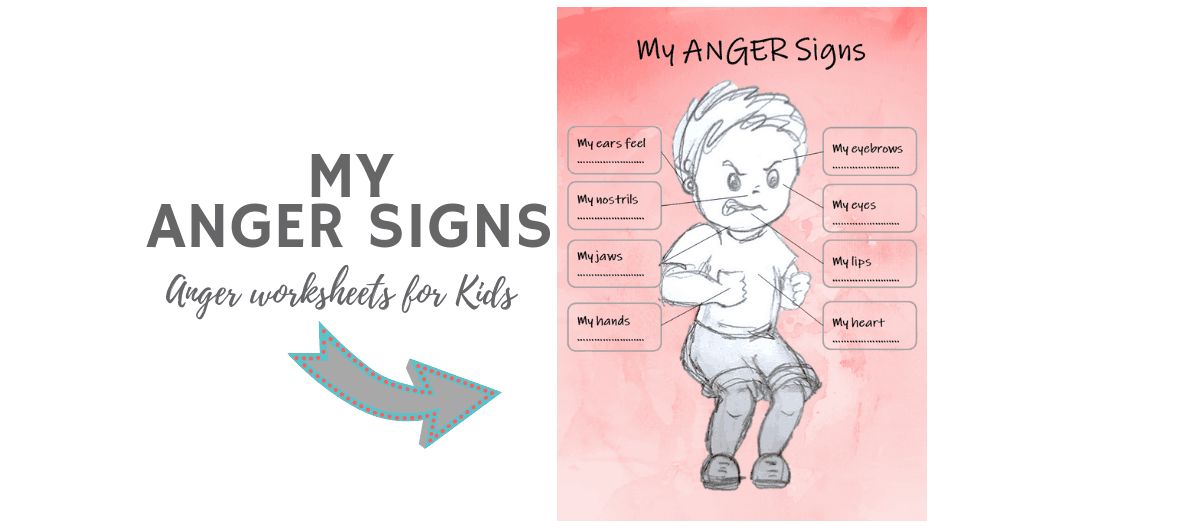
(Disclosure: We are a participant in the Amazon Services LLC Associates Program, an affiliate advertising program designed to provide a means for us to earn fees by linking to Amazon.com and affiliated sites. As an Amazon Associate, I earn from qualifying purchases. You can also read our Disclosure & Disclaimer policy here)
Why Recognizing our Anger Signals is so Important?
Learning to recognize our emotions is an essential part of social-emotional learning.
Emotion recognition enables social competence.
Many children and teenagers experience anger management issues.
An important first step to manage their anger effectively is being able to recognize the warning signs that their body is sending them.
Teaching our kids to recognize those signs may help them by:
- signaling the need to remove themselves from some anger-triggering situations (frustrating situations, negative situations)
- helping them identify the need to use coping strategies when facing those triggers/situations
Today I´m going to focus on describing the most common anger signs.
The anger worksheets for kids that you will find below will be a great resource to help you with this task.
⭐️Recognizing and responding to others’ facial expressions or emotional states may be difficult for children with autism spectrum disorder (ASD) or intellectual disabilities. It is especially important to work with them on emotions recognition.
If you feel your child has excessive anger, it is important to consult with a mental health professional.
How Do I Feel When I Am Angry?
Anger is a very unpleasant emotion. When I feel angry I may also feel
- irritable
- tense
- anxious
- full of negative thoughts.
Further reading for kids on how to better understand anger: Anger Management Workbook for Kids (Cool Kid Journal)
Anger Signs: What Does Anger Look Like? What Does my Body Do When I’m Feeling Angry?
Anger signs can manifest both internally and externally:
- Internally, they can present as feelings, thoughts, or motivations to act
- Externally, they may be visible through behaviors or physical changes in our bodies.
In this section, I will share some common anger warning signs and a few activities to help you work on emotion recognition with your kids or students.
Your children will then understand all those changes and reactions that they experience in their own bodies when they are feeling angry.
Signs of Anger Checklist
This is a checklist of what an angry outburst may be expressed like (physical symptoms, physiological reactions, muscle tension, and feelings):
- I experience feelings of anger
- I’m feeling full of energy, I need to take action, do something or fix something.
- I feel I can´t control myself (impulsiveness, lack of control, “blinded by rage”, uncontrollable anger).
- My muscles tighten:
- I close my fist
- I tense my jaw muscles
- I frown.
- My breathing becomes faster (rapid and agitated breathing)
- My heart beats really fast
- My face may redden. There are lots of blood vessels very close to the surface of our face skin. The blood flow increase that happens as a result of our heart pumping faster/more may make our face turn red.
- My ears feel hot. This also happens because of the sudden increase in blood flow
- I feel like shouting
- My voice changes, is louder
- I talk faster or even the opposite, I can´t talk.
- My face also tells that I´m angry:
- My eyebrows contract and descend obliquely
- My eyes tense and become narrowed
- My lips contract and tighten
- My nostrils dilate
All of them (eyebrows, eyes, lips, nose, mouth) work together to bring up this “angry” expression.
Kids love asking questions, these are a couple of interesting facts to share with them
- Why do I feel so full of energy when I’m feeling angry?
It’s how anger works and what it does for us. The fight or flight adaptative response to danger and also the energy that moves you into solving a problem. - Why can’t I control myself when I’m feeling mad?
When we are angry we find it difficult to use our cognitive processes effectively. Or, in more kid-friendly words, our brain is too full of angry thoughts, and we can’t use our thinking brain properly.
Anger Signs Activities for Kids
These are some fun anger sign activities that will help you teach your kids or students how to recognize the warning signals in their bodies.
- Anger in the Mirror
Ask your child to think about a situation that makes them mad.
Then, ask them to look at their reflection in the mirror, and try to identify how their bodies are telling them they are getting mad. - Anger Role-Play
Choose somebody to role-play an anger outburst.
How do we know that person is mad? - Anger Signs Worksheets
Printables are great educational resources. At the end of this post, you can find a download form to receive a free anger warning signs worksheet (it also includes the anger signs checklist).
For a more comprehensive look at anger signs, I recommend our Anger Signs Workbook, which includes fun activities and games.
Identifying our Emotions
If you wish to work on emotion recognition of a broader range of feelings, here is an idea: Emotions Flashcards.
An emotion flashcard serves as an aid to learning to identify, label, and even express different emotions.
The following post shares seven different ways to use emotions flashcards to learn about feelings:
Other Anger Management Articles
- How to Help an Angry Kid: 55 Anger Management Activities
- “Anger Games: 21 Super Fun Ways to Learn Anger Management Skills”
- Calming Strategies for Kids
- Anger Lapbook for Kids
- Breathing Exercises for Kids
- Lazy 8 Breathing
- Ideas for a Calm-Down Box
- Anger Iceberg for Kids
- Anger Volcano Worksheet and Activity
Free Printable Anger Worksheets for Kids
In order to work at home on all the changes we experience when we are angry, I’ve prepared this helpful resource: a beautiful free PDF where your child will be able to spot and describe some of those anger signs that we have described in the list above.

Other FREE Anger Management Worksheets for Kids
- Anger Triggers: Helping Kids Identify & Deal With their Anger Triggers (Solve the problem before it becomes a full-blown drama!)
If you think this post can help other people, please, share the pins below on Pinterest ♥:
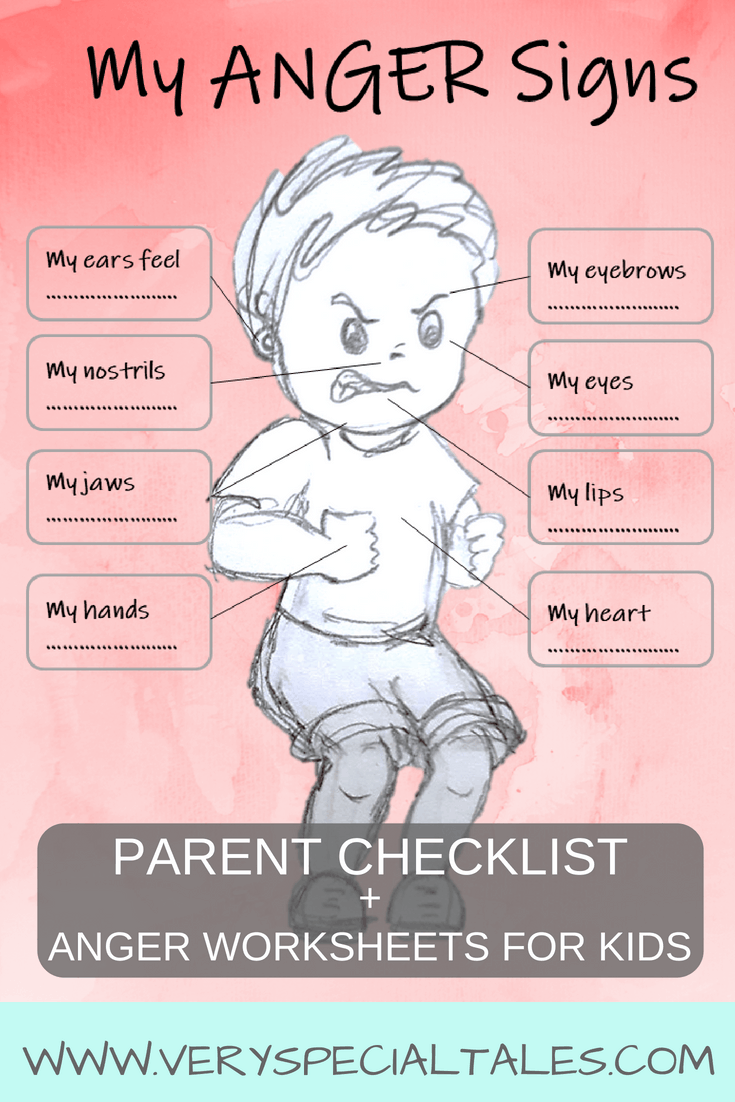
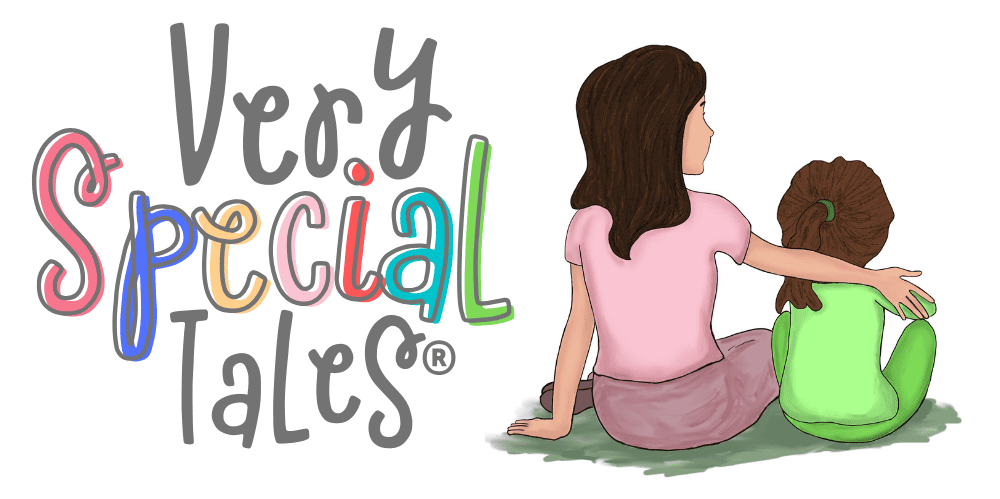


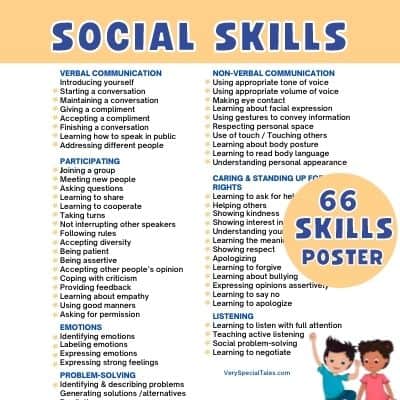
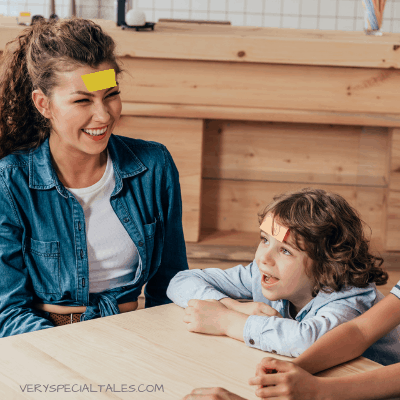
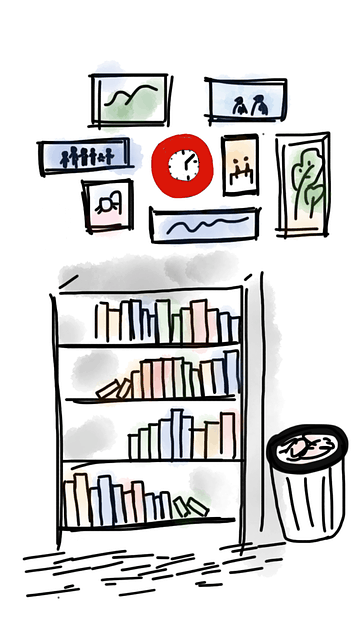
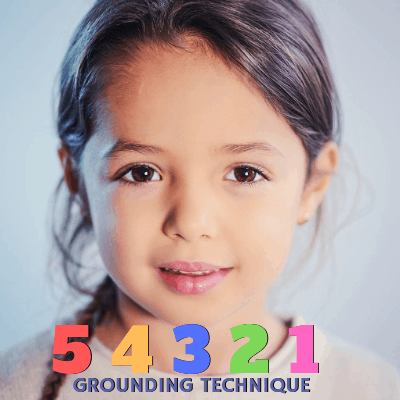

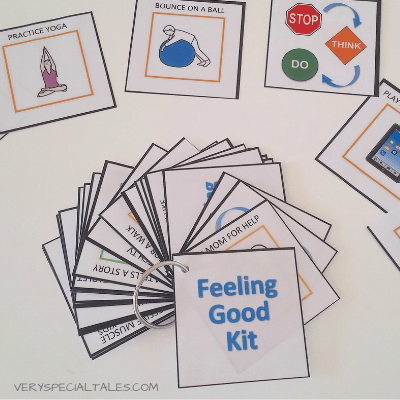
3 Comments